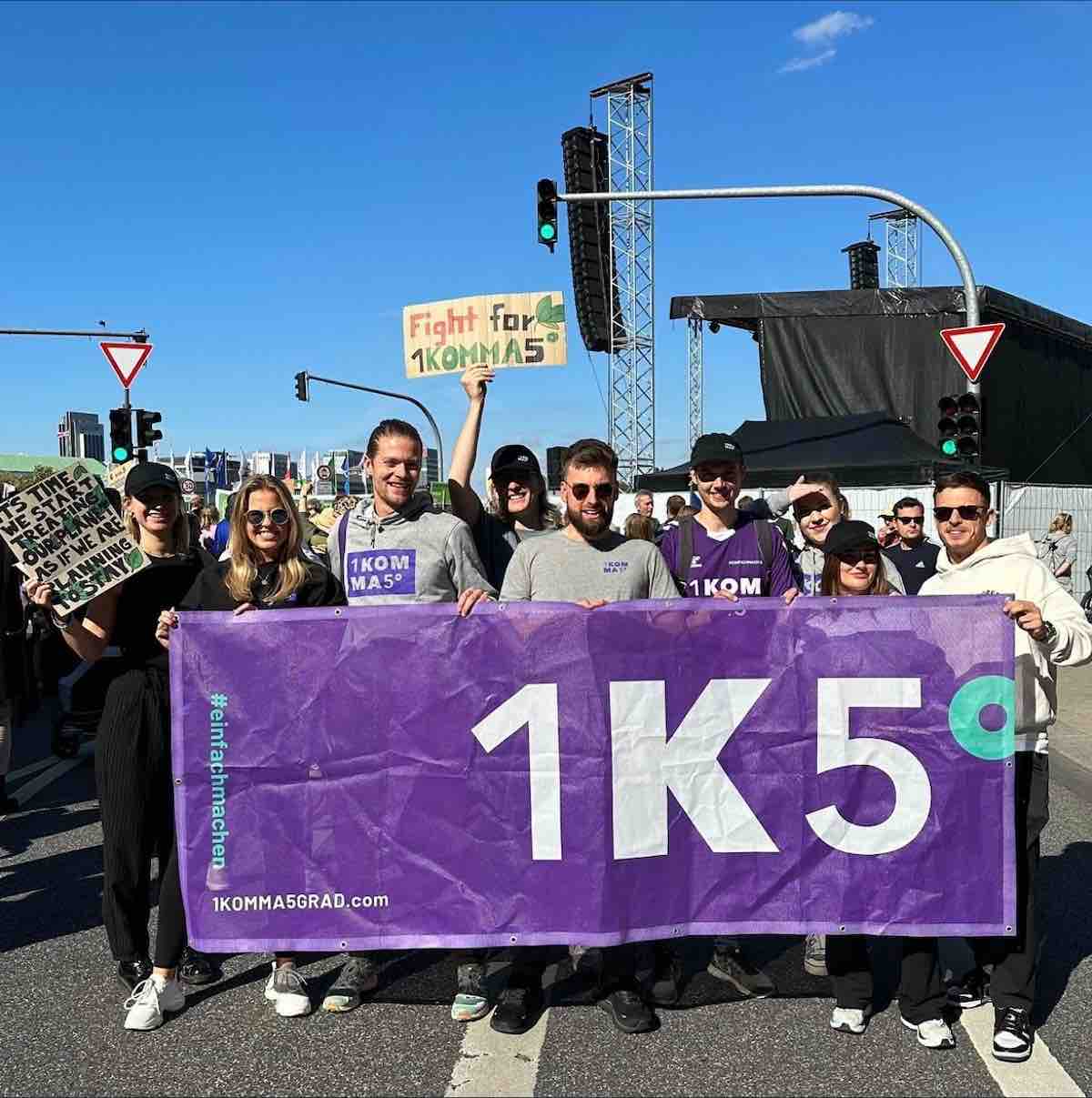

Image: 1komma5° LinkedIn
1komma5°, the German smart solar and electrification start-up with a mission to convert 500,000 buildings a year to climate-neutral power, heating and mobility, has had its official launch in Australia.
The European conglomerate – whose backers include Porsche Ventures, a founder of Tesla’s European operations, and the co-founder of German battery giant Sonnen – arrived in Australia last year with $100 million to spend on buying up rooftop solar and battery businesses in the region.
The first purchase was a controlling stake in the New South Wales based solar and battery retailer and installer Natural Solar, in October 2022; and then in January, 1komma5° bought up microinverter and Tesla battery specialist, Solaray Energy.
This week, the company has made its move Down Under official, with the rebranding of Solaray Energy as 1komma5° Australia, a one-stop shop for home energy solutions ranging from solar and storage to electrification and EV charging operating out of at five locations around the country.
The rebranding of Solaray will be followed closely by the next big order of business, the local launch of the 1komma5° intelligent energy software, called Heartbeat, slated for 2024.
Heartbeat, which is already being rolled out around Europe, is 1komma5°’s energy management platform that coordinates the efficient use of household energy while also linking homes to “the dynamic electricity market,” as the company puts it.
These sort of smart energy management platforms are not new in Australia, but 1komma5° hopes to get a running start in the market by offering it to customers as a package deal, with solar, batteries and other technologies like smart heat pumps and EV chargers.
For Solaray’s founders, Jonathan Fisk and Peter Thorne, the rebranding marks a huge new chapter for the company that, since its start in 2010, has grown to 50 employees and installed over 20,000 home energy systems across Melbourne and Sydney.
“We are especially thrilled to be bringing 1komma5°’s innovative technologies to Australian households, accelerating the transition to sustainable energy practices and contributing significantly to a greener future,” said Fisk in a statement on Wednesday.
“Jonathan and Peter have built a healthy and steadily growing business and together, we are now doubling down on decarbonising buildings, empowering customers to participate in the electricity market and contributing to a
sustainable, CO2-neutral future,” said 1komma5° co-founder and CEO Philipp Schröder.
As well as being a one-stop-shop for smart, sustainable home energy, 1komma5° also has manufacturing ambitions, starting with making its own panel components in Europe to combat supply chain, sustainability, and ethical concerns.
In October, Schröder announced on LinkedIn that deliveries of 1komma5°’s own 415W module had started, first in Europe and then to Australia.
“Latest highend TOPCon technology, designed by our awesome team, 25 years warranty … and with high performance, clean polysilicon from Wacker produced in Germany – made for Europe and Australia!” Schröder said.
Natural solar founder Chris Williams, who is head of 1komma5° in Australia, said at the time that the “beautiful,” full-black rooftop modules would sit somewhere at the higher end of the price spectrum on the Australian market, partly due to how and where they are made.
“By making the polysilicon in Germany, that’s a very significant point of difference that we believe that our customers are asking for,” he told One Step Off The Grid.
“We see firsthand with business that there’s a huge shift towards panels that have a higher threshold for modern slavery.
“It’s happening at a very quick rate of knots – and I think that is also spilling over into the residential market.
“We’ve got the opportunity as a group, globally, to influence supply chains and to basically have a very positive influence on where the polysilicon is mined and how it is procured, how it is manufactured, which …also offsets a lot of that supply chain risk that we’re seeing,” Williams said.
Sophie is editor of One Step Off The Grid and deputy editor of its sister site, Renew Economy. Sophie has been writing about clean energy for more than a decade.
This post was published on November 22, 2023 2:03 pm
Iconic Australian hardware and garden store says it has reached 100 per cent renewables, with…
Data used to showcase the downward impact of renewable energy on power prices contained a…
Most so-called ‘community batteries’ are actually installed by electricity networks, but this local group managed…
Rising energy bills are driving a surge in complaints. The NSW Energy Ombudsman wants better…
Australians are often being misled when they try to make sustainable electrical appliance choices, and…
China EV giant bows to trend of offering "complete solutions" for home energy, with launch…